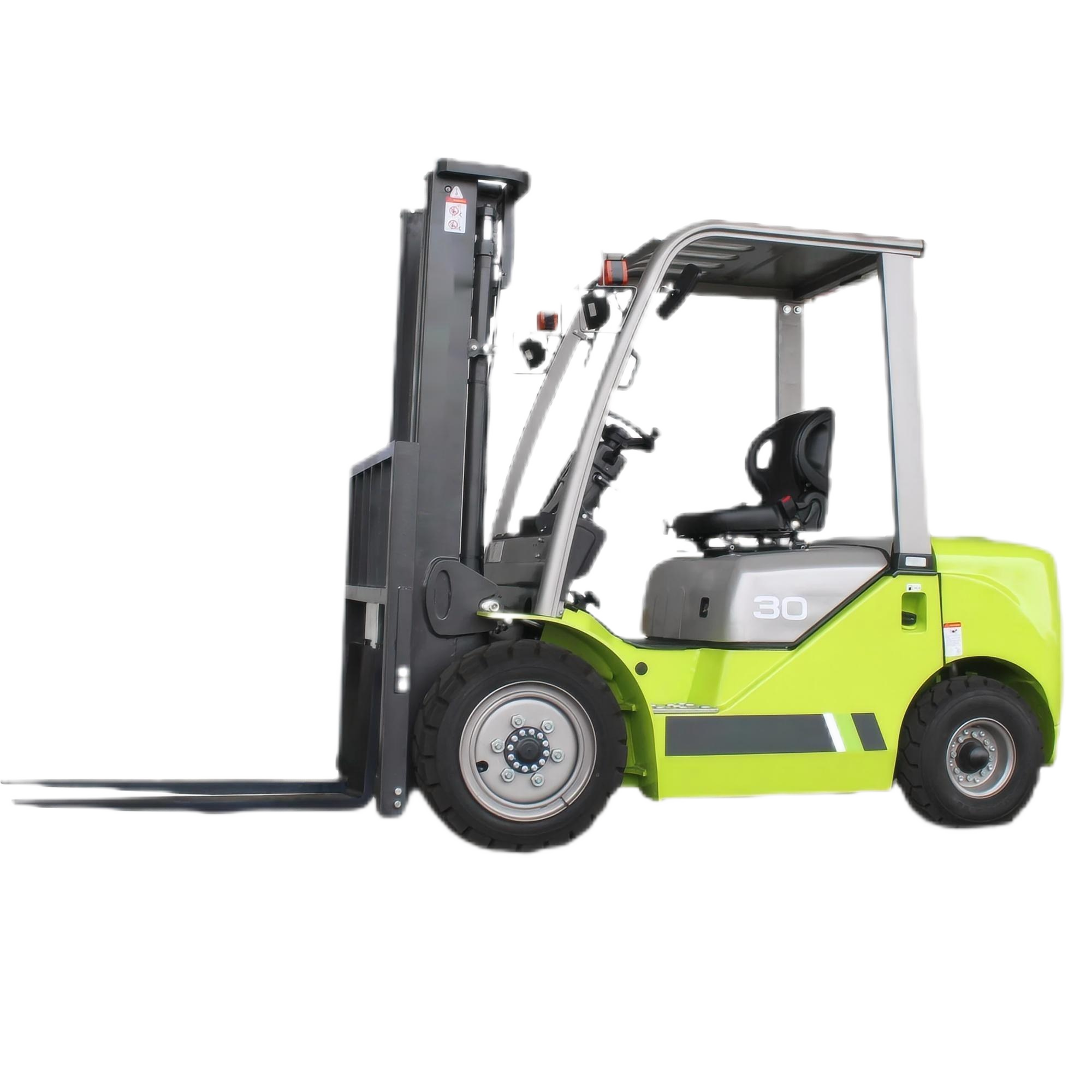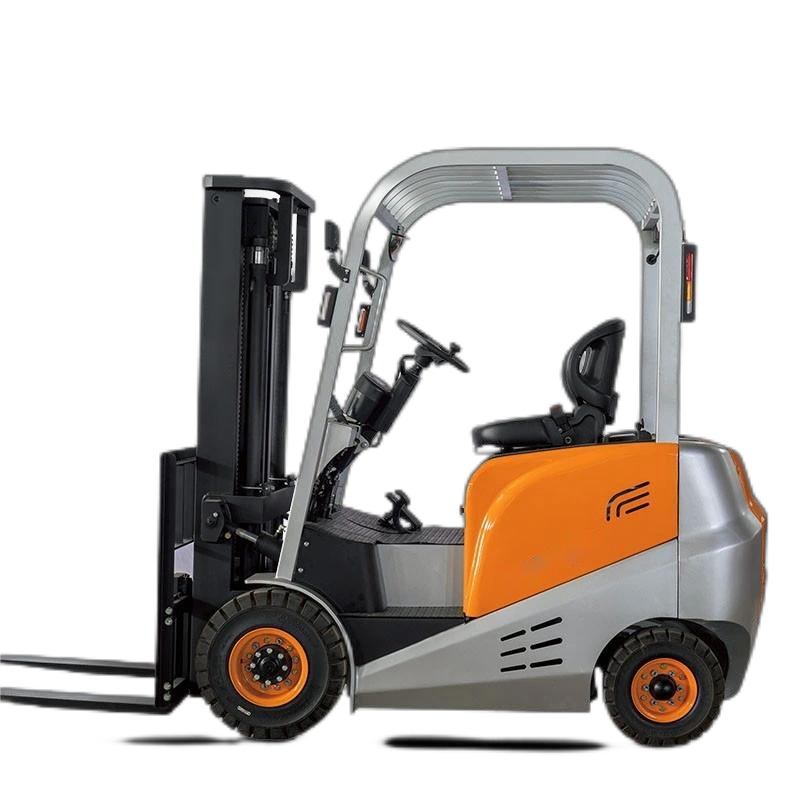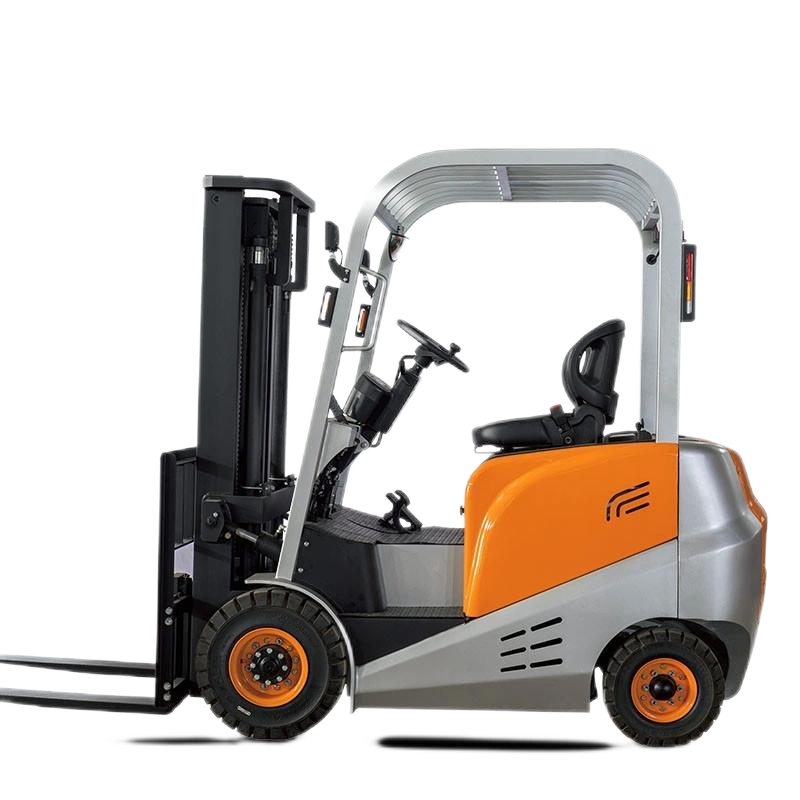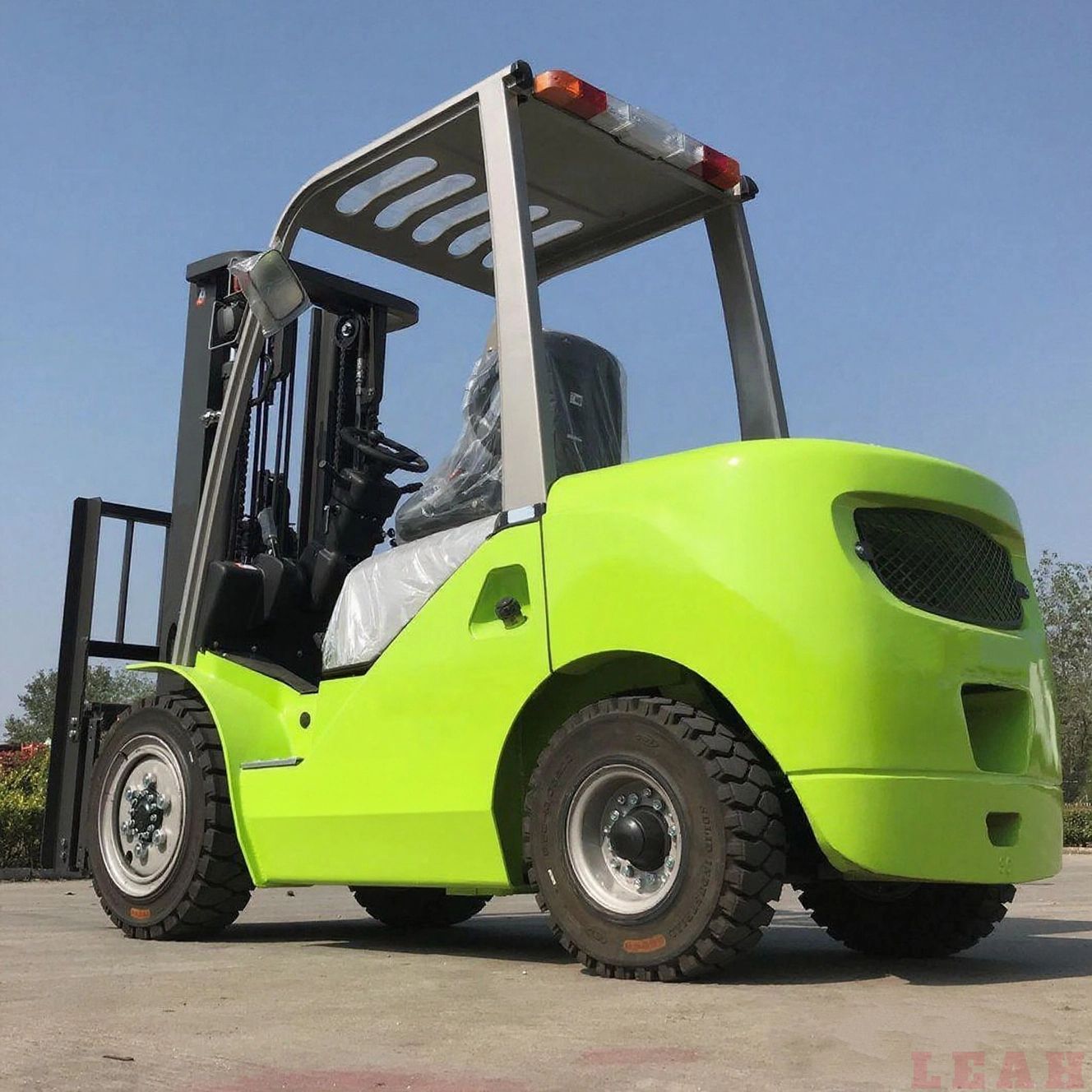Differences Between Portable Electric Forklifts and Heavy-Duty Electric Forklifts
Performance Parameters
Load Capacity
- Portable Electric Forklifts: Generally have a lower load capacity, usually below 1 ton (common capacities include 0.5 tons and 0.8 tons). They are mainly used for handling light goods.
Heavy-Duty Electric Forklifts: Boast strong load capacity, typically above 5 tons (some models can even reach 18 tons or more). They are capable of handling and moving heavy goods such as large equipment and bulky materials.
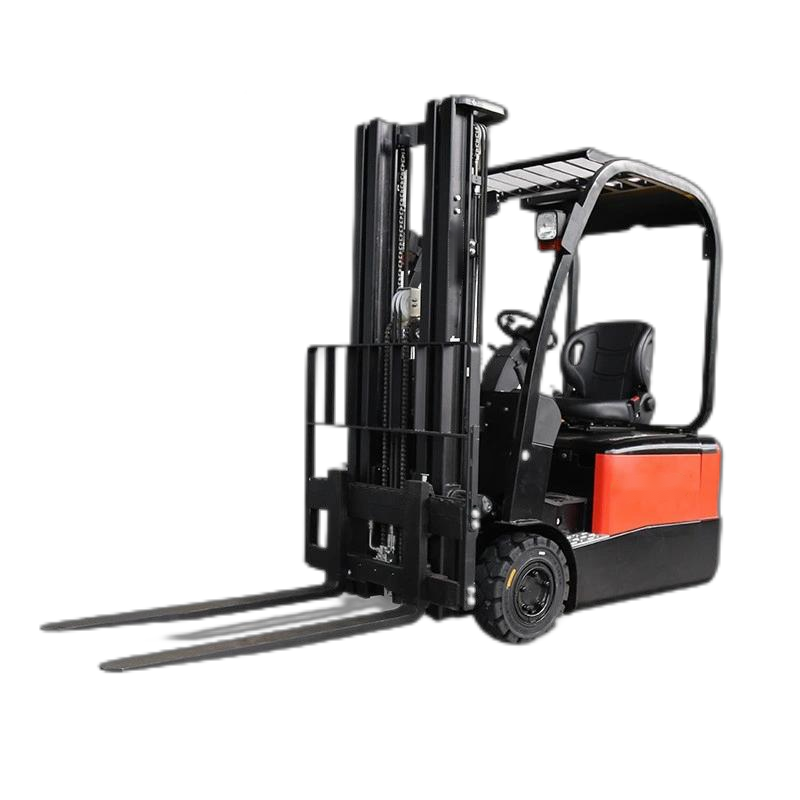
Power and Endurance
- Portable Electric Forklifts: Usually equipped with small-capacity battery packs (e.g., 48V lithium batteries), resulting in relatively short endurance—generally around 8–12 hours. They can meet the needs of small-scale, short-duration operations.
- Heavy-Duty Electric Forklifts: Mostly use high-voltage, large-capacity battery packs or more advanced power systems (e.g., 350V lithium batteries). They have strong endurance, supporting long-term continuous operations. Some models also feature fast-charging functionality to reduce downtime.
Design and Structure
Overall Size
- Portable Electric Forklifts: Compact in overall size and lightweight in body, making them easy to operate and move in narrow spaces (e.g., small warehouse aisles, retail stores).
- Heavy-Duty Electric Forklifts: Have a large and robust body, requiring ample operating space. They are suitable for operations in open, large-scale logistics centers, port terminals, and heavy industry production bases.
Chassis and Tires
- Portable Electric Forklifts: Feature a relatively narrow chassis and small-sized tires to adapt to their compact body and light load requirements. They offer flexible steering and can turn in small spaces.
- Heavy-Duty Electric Forklifts: Come with a wide chassis and thick, large-sized tires, providing excellent stability and load-bearing capacity to support the massive body and cargo weight. They can also adapt to various complex ground conditions.
Forks and Mast
- Portable Electric Forklifts: Have relatively small forks (in length and width) and a generally low mast. They mainly meet the needs of stacking and handling goods at moderate heights.
- Heavy-Duty Electric Forklifts: Are equipped with longer and wider forks, capable of carrying goods of larger size and weight. Their masts are usually tall, allowing goods to be lifted to higher positions to meet the requirements of high-rise shelf storage, loading, and unloading.
Functional Configuration
Operation and Control
- Portable Electric Forklifts: Simple to operate, with compactly designed control handles for ease of use. Some models also have functions like one-click lifting and translation, enabling operators to quickly complete tasks in narrow spaces.
- Heavy-Duty Electric Forklifts: Equipped with more complex operation and control systems. In addition to basic controls for lifting, tilting, and driving, they may include various auxiliary functions (e.g., load-sensing systems, automatic balancing systems) to ensure safe and stable operation under heavy loads.
Safety Devices
- Portable Electric Forklifts: Generally equipped with basic safety devices (e.g., emergency stop buttons, power level indicators, overload protection) to ensure the safety of operators and equipment.
- Heavy-Duty Electric Forklifts: Have more comprehensive and advanced safety configurations. In addition to conventional safety devices, they may include all-round light warning systems, camera monitoring systems, collision warning systems, and seat belt reminders to provide all-round operational safety protection.
Application Scenarios
- Portable Electric Forklifts: Suitable for:
- Organizing and handling goods in small warehouses (within logistics and warehousing) and retail stores;
- Restocking and shelving goods in supermarkets and retail outlets;
- Short-distance transportation of materials at small construction sites.
- Heavy-Duty Electric Forklifts: Mainly used for:
- Loading, unloading, stacking, and transporting goods in large-scale logistics centers;
- Handling containers and loading/unloading heavy goods at port terminals;
- Transporting raw materials and finished products in heavy industry sectors (e.g., steel, mining, construction);
- Transporting and transferring large equipment in workshops of large factories.
Maintenance
- Portable Electric Forklifts: Have a relatively simple structure, making maintenance easy. Their components have high universality, resulting in low maintenance costs. Daily maintenance only requires basic cleaning, battery charging, and simple component inspections.
- Heavy-Duty Electric Forklifts: Feature a complex structure and high technical content, leading to higher maintenance requirements. Professional technicians are needed for regular maintenance and repairs, which involves inspecting and maintaining multiple complex components (e.g., motors, hydraulic systems, control systems). As a result, their maintenance costs are relatively high.





